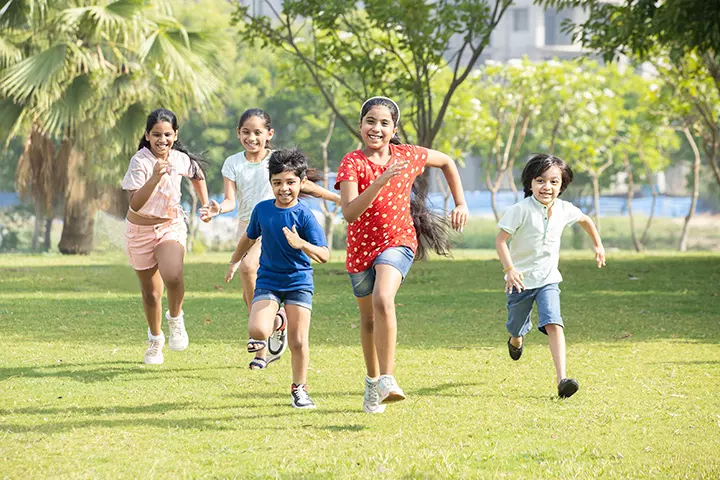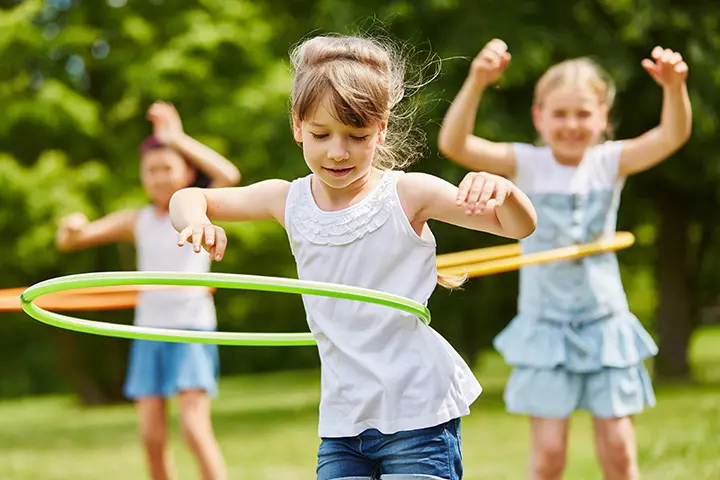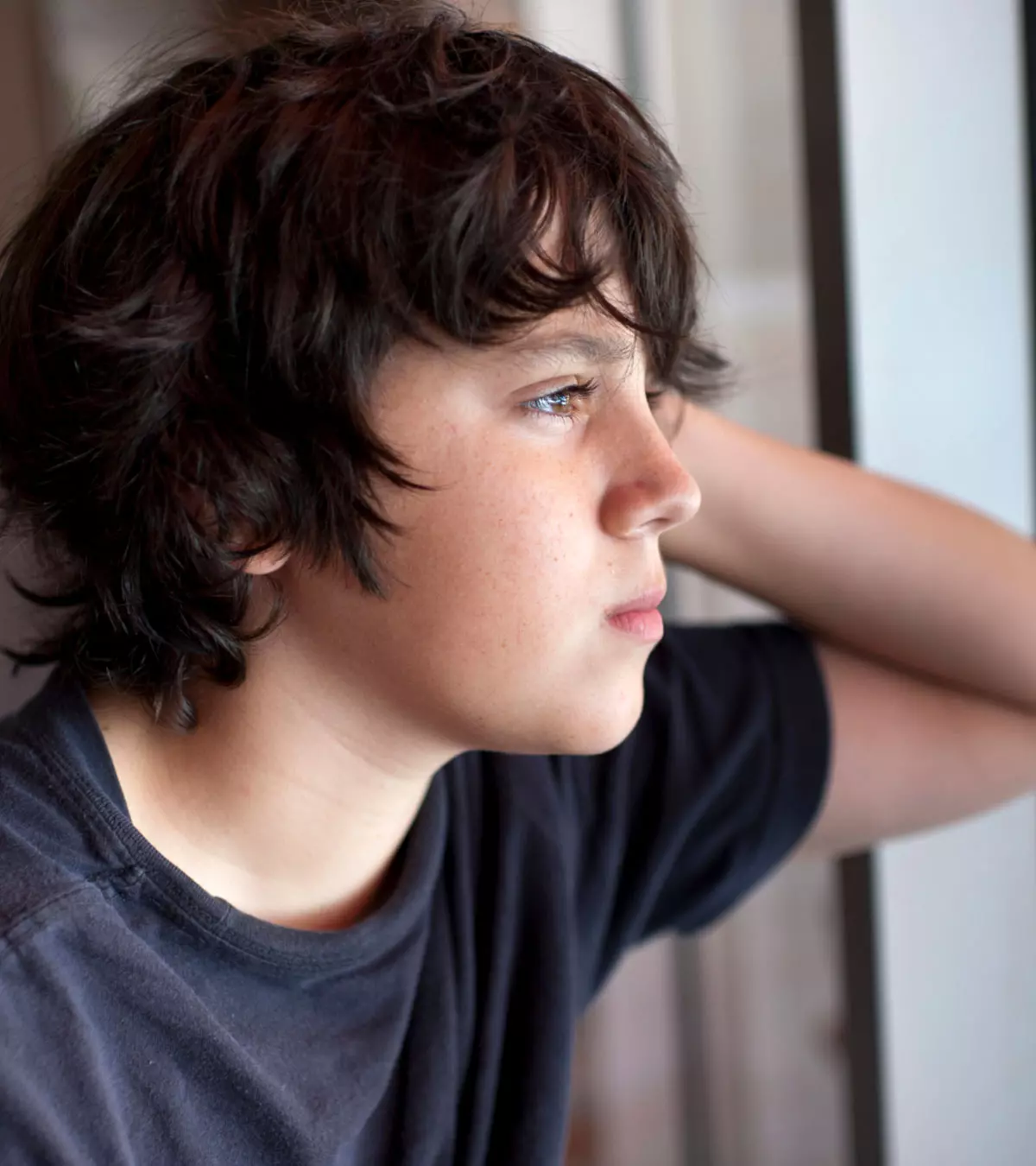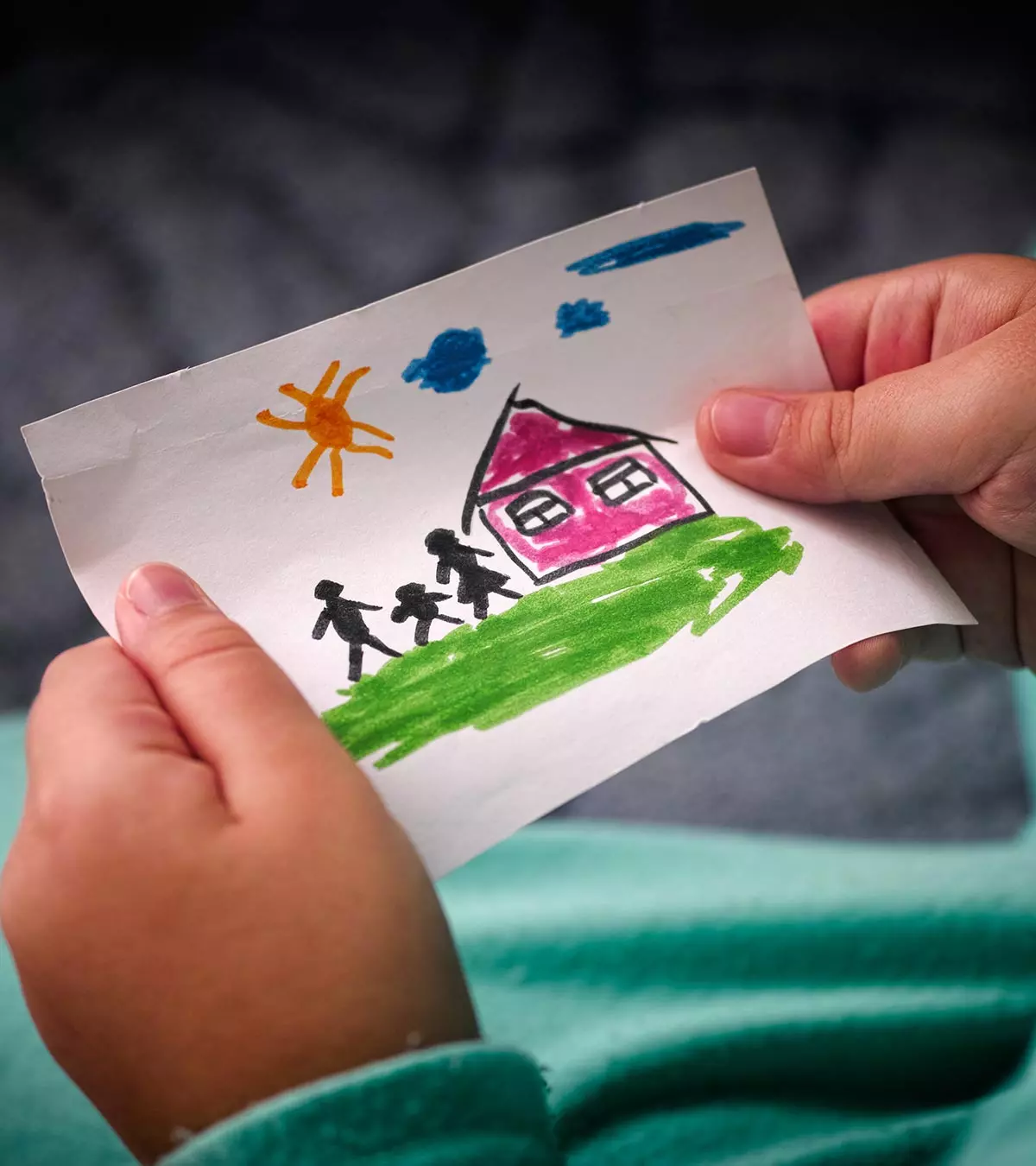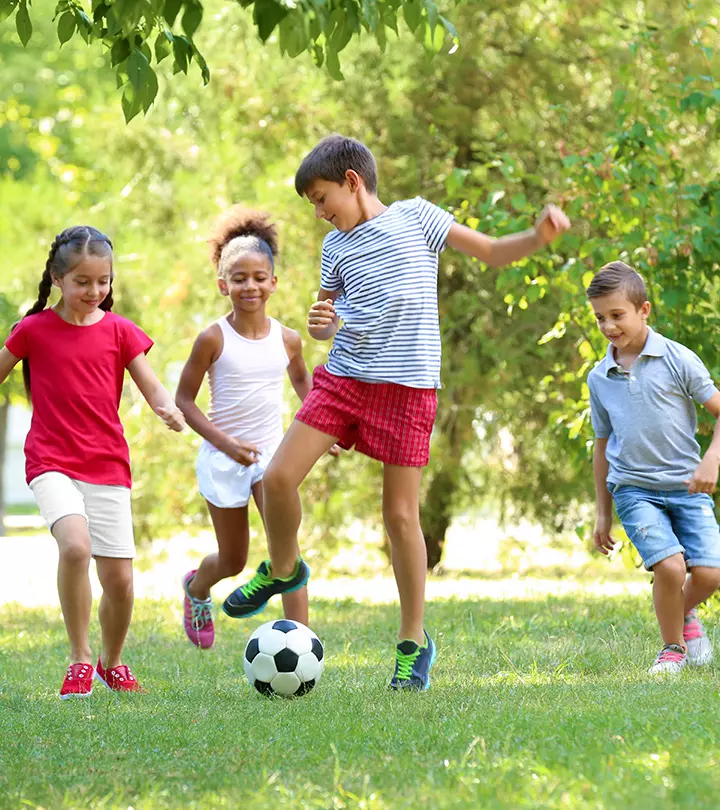

Image: Shutterstock
In a world filled with screens and gadgets, it’s more important than ever to encourage physical activity and exercise for your children. Their growing bodies and minds thrive on movement, and the benefits of staying active extend far beyond just physical health. From boosting confidence to fostering social skills, physical activity plays a pivotal role in shaping your child’s overall well-being. In this article, we’ll explore the endless benefits of physical activity, offer suggestions for different types of exercises, address common concerns, and provide practical tips to make sure your kids stay active. Read on!
What Are The Benefits Of Physical Activity For My Children?
Image: Shutterstock
Physical activity is like a magic potion for children’s health and development. Here’s why it’s so crucial:
1. Physical Fitness
Regular exercise promotes healthy growth and development of bones, muscles, and cardiovascular systems. It keeps their bodies strong, flexible, and ready for any adventure.
2. Boosted Mood
Physical activity triggers the release of endorphins, those feel-good hormones that can lift their spirits and help manage stress and anxiety.
3. Confidence Building
Mastering new skills and achieving physical milestones fosters a sense of accomplishment and boosts self-esteem. This newfound confidence extends beyond the playfield.
4. Social Skills
Team sports and group activities teach children about teamwork, cooperation, and communication. These skills are invaluable in building strong relationships later in life.
5. Brain Power
Physical activity isn’t just for the body; it’s also a workout for the brain. Exercise improves cognitive functions, including memory, attention, and problem-solving.
6. Healthy Habits
Encouraging physical activity early in life establishes a foundation for lifelong healthy habits. Active children are more likely to grow into active adults.
What Type Of Exercise Should My Child Do?
Image: Shutterstock
Variety is the spice of life, and the same goes for exercise. Here are some options your child can explore:
1. Outdoor Play
Let them run, jump, climb, and explore in a safe outdoor environment. It could be a park, playground, or even your backyard.
2. Team Sports
Soccer, basketball, baseball, and other team sports help children learn cooperation, sportsmanship, and the joy of working together toward a common goal.
3. Swimming
Not only is swimming a full-body workout, but it’s also a valuable life skill that promotes water safety.
4. Dance And Yoga
These activities combine physical movement with creativity and mindfulness, promoting flexibility, balance, and body awareness.
5. Biking
Riding a bike is not only fun but also a great way to improve cardiovascular fitness and coordination.
What If My Child Doesn’t Like Sports?
Image: Shutterstock
Not every child is drawn to traditional sports, and that’s perfectly okay. There are countless ways to stay active:
1. Active Play
Encourage unstructured play, where children invent their own games and activities. This could involve building forts, playing tag, or engaging in imaginative adventures.
2. Hobbies
Activities like hiking, gardening, or even bird-watching can get them moving while catering to their interests.
3. Family Activities
Make staying active a family affair. Take hikes, go for a swim, or embark on a weekend bike ride together.
How Much Activity Do My Kids Need?
Image: Shutterstock
The recommended amount of physical activity varies by age:
1. Preschoolers (3-5 years)
They need at least three hours of active play each day, spread throughout the day.
2. Children and Adolescents (6-17 years)
Aim for at least one hour of moderate to vigorous activity daily. It could be a mix of activities, like walking, running, and sports.
How Much Screen Time Is Okay?
Limiting screen time is crucial to ensure your child stays active:
1. Children Under 2
Screen time is discouraged, except for video chats. Focus on interactive play and physical activity.
2. Children And Adolescents
Aim for no more than 1-2 hours of screen time per day. Prioritize active play and exercise over sedentary screen time.
What Can I Do To Get My Kids To Be More Active?
Image: Shutterstock
Here are some practical strategies to make physical activity a part of their daily routine:
1. Lead By Example
Children learn by observing. If they see you valuing physical activity, they’ll be more likely to follow suit.
2. Create a Routine
Incorporate physical activity into their daily schedule. It could be a morning walk, an after-school playtime, or a weekend hike.
3. Make It Fun
Choose activities they enjoy. If they’re having fun, they’re more likely to stick with it.
4. Limit Screen Time
Establish screen-free zones and times in the house. Encourage outdoor play or creative indoor activities instead.
5. Set Challenges
Make staying active exciting by setting challenges or goals, like taking a certain number of steps in a day or improving a specific skill.
6. Reward And Celebrate
Acknowledge their efforts and achievements with positive reinforcement, like praise or small rewards.
Physical activity isn’t just a health necessity for children; it’s a joyful journey that contributes to their holistic development. From stronger bodies to sharper minds and enhanced social skills, the benefits of staying active are immeasurable. By providing a diverse range of activities, respecting their interests, and cultivating a positive attitude toward exercise, you’re setting your child up for a lifetime of well-being. So, lace up those sneakers, grab a ball, and embark on this exciting adventure of staying active together! Let us know in the comments your experience with your child’s physical activities!
Community Experiences
Join the conversation and become a part of our nurturing community! Share your stories, experiences, and insights to connect with fellow parents.

